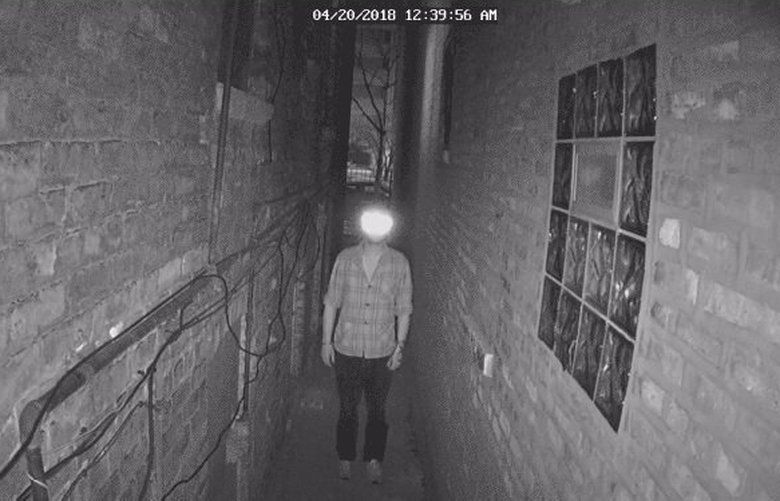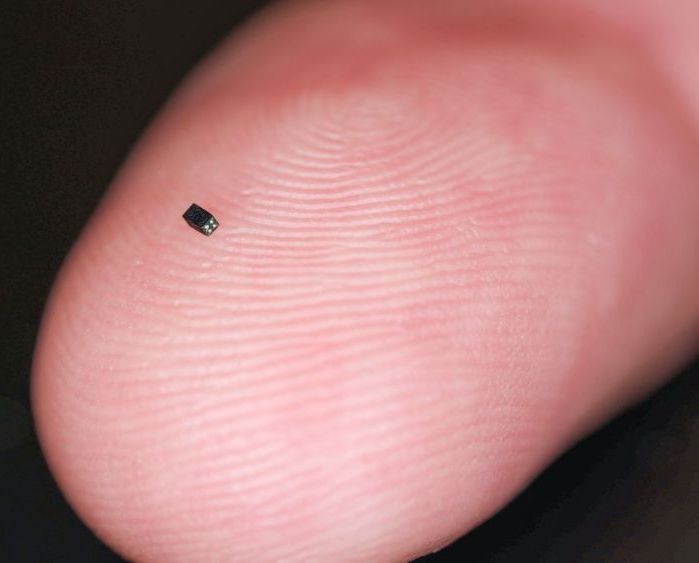
Lannett Company, Inc. (NYSE: LCI) today announced that the U.S. Food and Drug Administration (FDA) has approved the New Drug Application (NDA), submitted under the 505(b) regulatory pathway, for Cocaine Hydrochloride (HCl) Nasal Solution 4% (40 mg/mL), the company’s branded local anesthetic product.
PHILADELPHIA, Jan. 13, 2020 /PRNewswire/ — Lannett Company, Inc. (NYSE: LCI) today announced that the U.S. Food and Drug Administration (FDA) has approved the New Drug Application (NDA), submitted under the 505(b) regulatory pathway, for Cocaine Hydrochloride (HCl) Nasal Solution 4% (40 mg/mL), the company’s branded local anesthetic product.
“The FDA’s approval of our Cocaine HCl product, the first NDA approval to include full clinical trials in the company’s history, marks a major milestone in Lannett’s 70+ years of operations,” said Tim Crew, chief executive officer of Lannett. “We believe the product has the potential to be an excellent option for the labeled indication. We expect to launch the product shortly, under the brand name NUMBRINO®.”
NUMBRINO® (cocaine hydrochloride) nasal solution is an ester local anesthetic indicated for the introduction of local anesthesia of the mucous membranes for diagnostic procedures and surgeries on or through the nasal cavities of adults. The 505(b) NDA submission was supported by two Phase III, randomized, double-blind, placebo-controlled, multicenter studies in several hundred patients, as well as a Phase I pharmacokinetic study.









